Need for caulk around pool?
seasigns
13 years ago
Featured Answer
Comments (29)
poolguynj
13 years agoRelated Professionals
Parole Landscape Architects & Landscape Designers · San Juan Landscape Architects & Landscape Designers · Edmond Landscape Contractors · Amesbury Landscape Contractors · Annandale Landscape Contractors · Hilton Head Island Landscape Contractors · Kettering Landscape Contractors · Middle River Landscape Contractors · Milford Mill Landscape Contractors · Olympia Landscape Contractors · Palatine Landscape Contractors · Wallingford Landscape Contractors · Batavia Decks, Patios & Outdoor Enclosures · Canton Decks, Patios & Outdoor Enclosures · Estero Decks, Patios & Outdoor Enclosuresncrealestateguy
13 years agopoolguynj
13 years agorepair_guy
13 years agodiypoolpro
13 years agomichelle16
13 years agoseasigns
13 years agoto-the-beach
13 years agotopfiftybuilder
13 years agopoolguynj
13 years agotopfiftybuilder
13 years agofighting_irish
13 years agotopfiftybuilder
13 years agofighting_irish
13 years agoncrealestateguy
13 years agotopfiftybuilder
13 years agoconcretehole
13 years agoncrealestateguy
13 years agodiypoolpro
13 years agoncrealestateguy
13 years agotopfiftybuilder
13 years agoremodelpro
11 years agopoolguynj
11 years agoremodelpro
11 years agopoolguynj
11 years agorjagodka
11 years agoN.O.R,LLC
8 years agopraiki
8 years ago
Related Stories
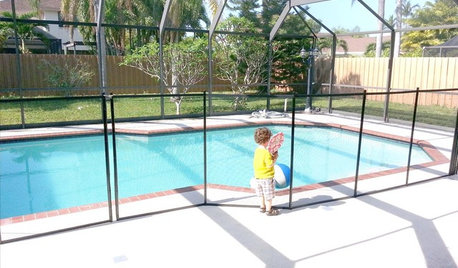
HEALTHY HOMEThese Steps Will Help Keep Kids Safe Around Pools and Spas
Implement several layers of security to prevent life-threatening accidents in and around the pool
Full Story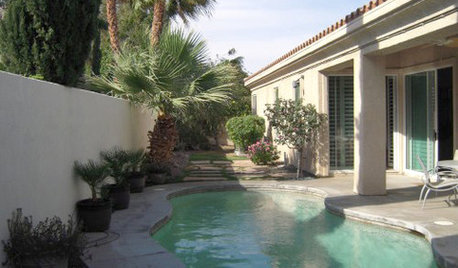

ECLECTIC HOMESMy Houzz: Global Souvenirs and All-Around Amenities in Montreal
Exotic masks and travel mementos decorate an overhauled home with a pool, sauna, wine cellar and more
Full Story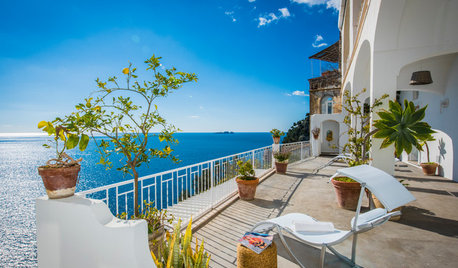
WORLD OF DESIGNHouzz TV: Dream Summer Scenes Around the World
Take an instant vacation through a roving postcard of homes and landscapes around the globe
Full Story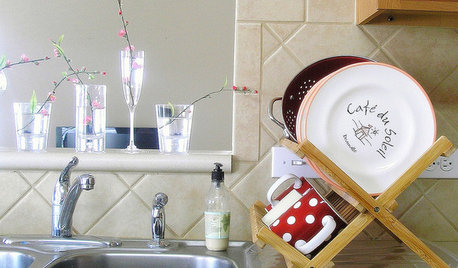
MOTHER’S DAYWhat to Do for Mom Around the House on Mother’s Day
Show appreciation for your mother and make her day extra special with these ideas
Full Story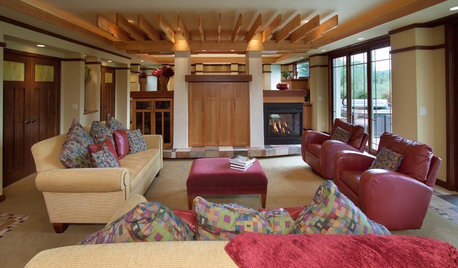
BEFORE AND AFTERSBasement of the Week: Surprises Around Every Corner
With a secret door, games galore and walk-out access to the yard, this Prairie-style basement in Minneapolis never fails to entertain
Full Story
PHOTO FLIP144 Gorgeous Homes Around the Globe
Feast your eyes on some of the hottest home designs from around the world
Full Story
HOME TECHThe Inevitable Future of Drones Around Your Home
As Google joins the push for airborne deliveries, it seems only a matter of time before neighborhoods are buzzing with drones. Is that OK?
Full Story
ARCHITECTUREGet a Perfectly Built Home the First Time Around
Yes, you can have a new build you’ll love right off the bat. Consider learning about yourself a bonus
Full Story
TRAVEL BY DESIGN11 Amazing Home-Away-From-Home Tree Houses Around the World
Go climb a tree — and spend the night. Tree house hotels and lodges are booming as exotic vacation alternatives
Full Story





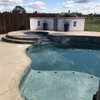


paradigmdawg